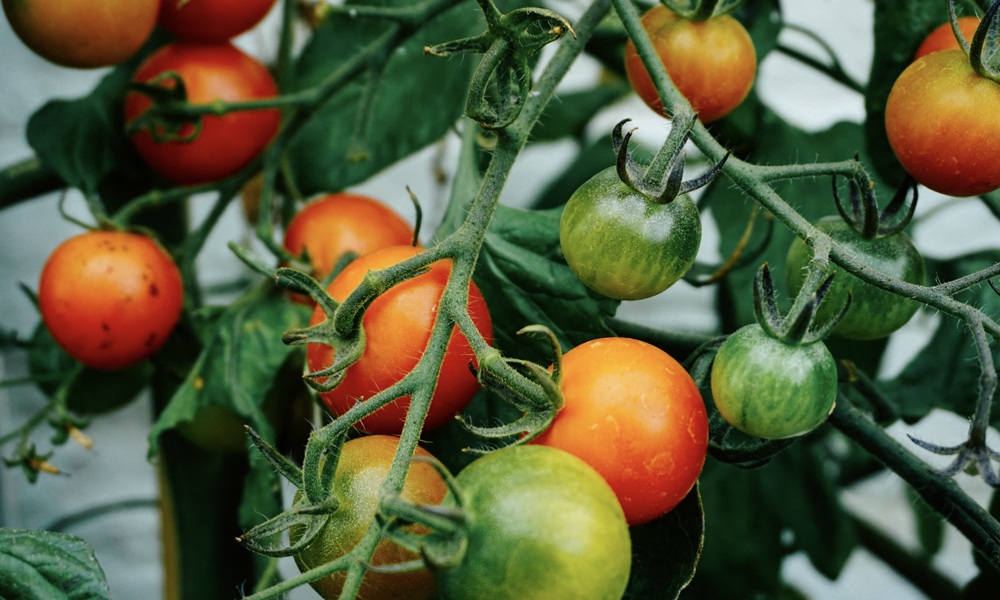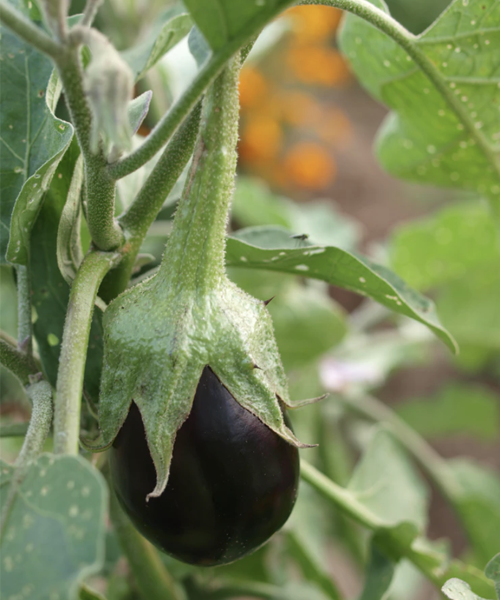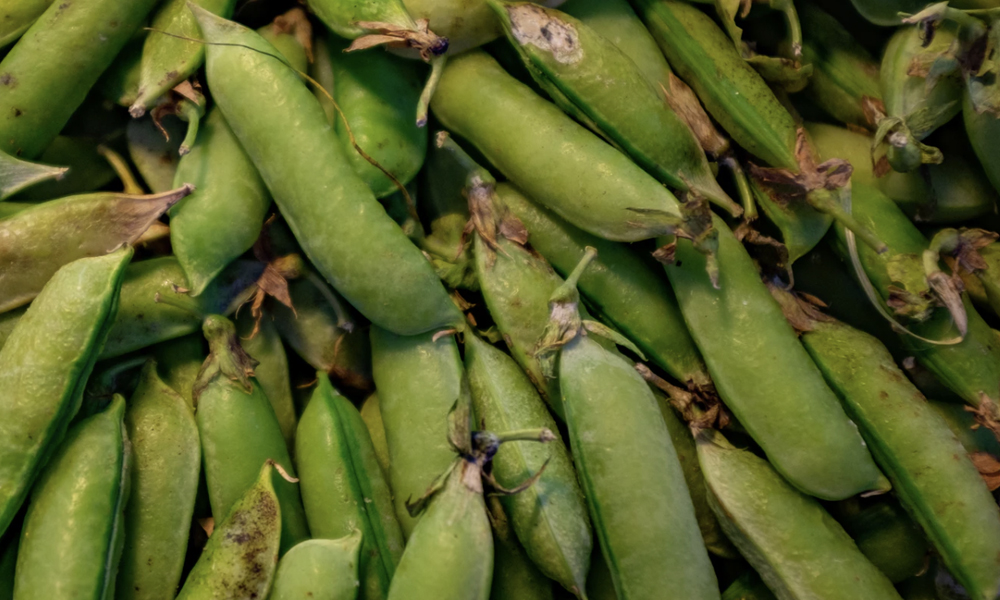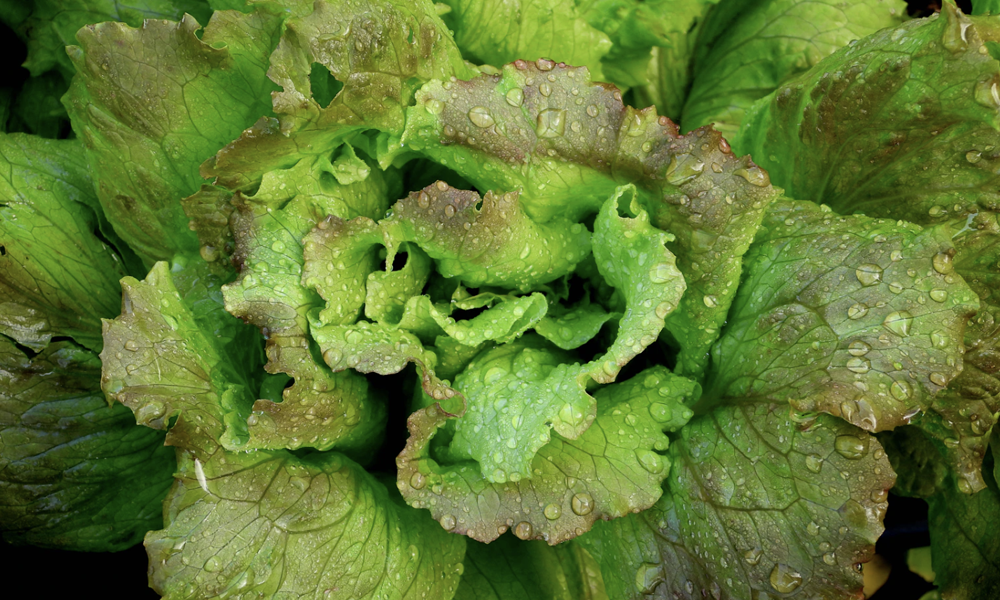As the frosts disappear and the weather warms up, Spring is the perfect time to get out into your garden and get planting! But what to grow? It's important to plant what's in season (and not just what seeds you have in your cupboard). So here is a selection of 10 plants that grow well when the temperature warms up to around 20 degrees.
Tomatoes
Home-grown tomatoes – yum! If you only plant one thing this season plant a tomato. You won't regret it. There are an incredible range of varieties to try of many shapes, colours and sizes. If space is limited, try growing cherry tomatoes in a larger container. Tomato plants need plenty of room to grow (follow the recommended plant spacings on the plant label or seed packet) and train them up a tall stake. Tomatoes need to be regularly watered and protected from late frosts in spring as well as hot spells.

Carrots
There's a certain thrill that comes with pulling up your own carrots! Carrots grow best from seed sown into the veggie patch and kept damp until the tiny seedlings germinate. Carrots like free-draining and deep soil. Baby carrots develop quickly and are a good choice for raised beds, troughs or impatient gardeners!
Aubergine / Eggplant
This delicious vegetable has pretty flowers and is very attractive to grow in the garden (or a container). It is usually trouble-free. There are varieties with small fruit which crop quickly. Grill eggplant on the barbecue or turn it into a delicious babaganoush dip!

Beans
Beans are easy to grow and crop heavily. Once the beans start to form, pick them daily as they taste best when they are young and tender.
Peas
There's nothing like the flavour of freshly picked peas. Use them as quickly as possible once picked as they lose their sweetness. Dwarf varieties of peas don't need much in the way of support. The easiest types to grow are mangetout and sugar snap varieties.
For best results peas need an open, sunny position with good drainage.

Potatoes
They do take up a lot of room and need to grow for many months, but there's something very satisfying about lifting your own spuds from the garden. There are many different varieties available, so you can grow something that perhaps you wouldn't buy at the supermarket. Planted in early spring, there's also a chance that you'll be harvesting some early spuds to have as part of your Christmas or festive lunch!
Sweet Corn
This tall-growing vegetable also needs lots of space as it needs to be planted in blocks (at least a metre square) to give the best chance for the cobs to be fertilised as the wind blows pollen from the male parts of the plant. Sweet corn takes a while but when its cobs start to ripen, there's nothing better to eat!
Lettuce/salad greens
Some leafy greens are a must in every veggie bed. Growing a range of loose-leaf lettuce with a selection of leaf shapes and colours makes for interesting salads too. Traditional Iceberg lettuce can also be rewarding to grow. Plant some sort of lettuce as seed or seedling every few weeks so there's always some to harvest and more growing.

Radishes
Radishes are easy to grow in any sized garden. They are fast-growing and are ready to harvest in about four weeks from sowing. Sow radish seeds from March to August, every two weeks in fertile, moisture-retentive soil, throughout summer for crunchy salads. Don't forget, there are varieties for winter too, such as Mooli.
Spring Onions
Also known as scallions or green onions, spring onions are in fact very young onions, harvested before the bulb has had a chance to swell. Both the long, slender green tops and the small white bulb are edible, and are good either raw or cooked. They have a similar flavour to onions, but are much milder.
Flowers and Companion Planting
Companion planting is all about plant diversity - putting together plants that enjoy each other's company which require the same light, soil and water conditions. Choose plants that balance each others' needs. Plant decoys to distract insects from your crops. Eg Calendula will attract slugs and snails, instead of eating your veggies. Growing flowers in your veggie garden will make it beautiful and balanced. Around 10% flowers will keep things in balance and lure in bees and other beneficial insects. Daisies, lilac and sweet peas are lovely to grow in Spring.
Growing your own vegetables at home is one of the most enjoyable ways to reduce your carbon footprint. By doing so your household can connect to what's in season, reduce food waste and avoid food miles.
New to gardening? Get some tips here:
10 Basic Tips To Becoming A Successful Gardener
5 Permaculture Principles To help You Start A Garden
How To Build A Raised Bed For Your Veggies And Plants
By Allison Licence
Allison Licence is a Sydney-based freelance writer and 1 Million Women volunteer who is passionate about the environment and finding ways to live more sustainably.

